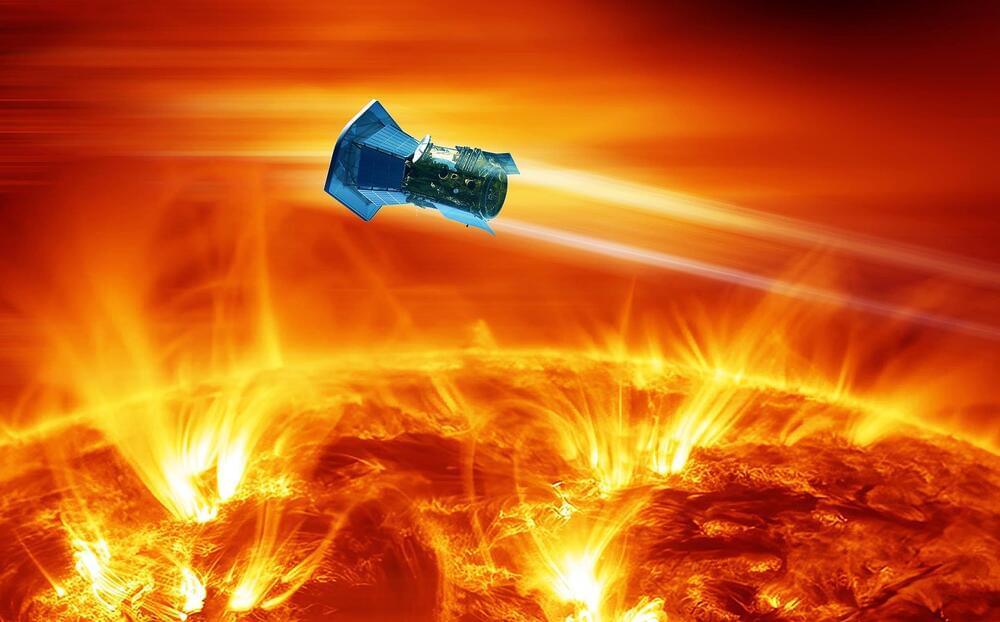
Showing how far AI engineering has come, a new aerospike engine burning oxygen and kerosene capable of 1,100 lb (5,000 N) of thrust has successfully been hot-fired for 11 seconds. It was designed from front to back using an advanced Large Computational Engineering Model.
Designing and developing advanced aerospace engines is generally a complicated affair taking years of modeling, testing, revision, prototyping, rinsing and repeating. With their ability to discern patterns, carry out complex analysis, create virtual prototypes, and run models thousands of times, engineering AIs are altering the aerospace industry in some surprising ways – provided, of course, they are properly programmed and trained.
Otherwise, it’s garbage in, garbage out, which has been the Golden Rule of computers since they ran on radio valves and electromechanical relays.


















